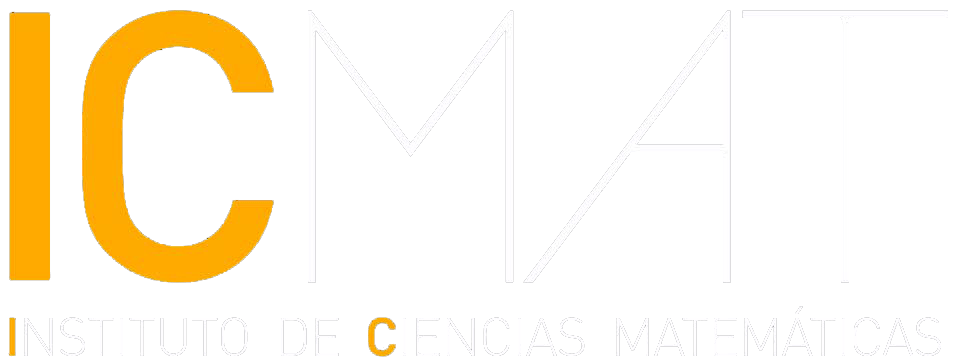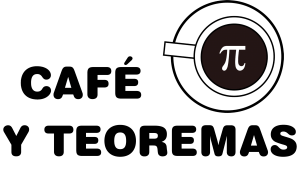Otros Seminarios
MODULI SEMINAR -- PBW bases of Ising modules // The Arithmetic and Modularity of Black Holes in String Theory (Part I) // The Arithmetic and Modularity of Black Holes in String Theory (Part II)
Ponente: Reimundo Heluani (IMPA) // Xenia de la Ossa (Oxford) // Philip Candelas (Oxford) ()Fecha: jueves 04 de mayo de 2023 - 09:30 - 13:00Lugar: Aula Naranja, ICMAT
Resumen:
Schedule:
09:30 - 10:30. "PBW bases of Ising modules", Reimundo Heluani (IMPA)
Abstract: We describe PBW bases of the unique three irreducible modules of the Virasoro Lie algebra with central charge c=1/2. We use these bases to find new bi-variable character formulas for these modules and describe new Rogers-Ramanujan-type identities from them. This is a report on the thesis of Diego Salazar Gutierrez (IMPA).
11:00 - 13:00. "The Arithmetic and Modularity of Black Holes in String Theory", Xenia de la Ossa and Philip Candelas (Oxford)
Abstract: The main goal of these two talks is to explore some questions of common interest for physicists, number theorists and geometers. We will focus on the rich structure of black hole solutions of type II superstrings on Calabi-Yau manifolds. The talks are aimed at a mixed audience of physicists and mathematicians.
The main quantities of interest in the arithmetic context are the numbers of points of the manifold, considered as varieties over finite fields, and how these numbers vary with the parameters of the varieties. The generating function for these numbers is the zeta function, about which much is known in virtue of the Weil conjectures. The first surprise, for a physicist, is that the numbers of these points, and so the zeta function, are given by expressions that involve the periods of the manifold. These same periods also determine many aspects of the physical theory, including the properties of black hole solutions.
We discuss a number of interesting topics related to the zeta function, the corresponding L-function, and the appearance of modularity for one parameter families of Calabi-Yau manifolds. We will focus on an example for which the quartic numerator of the zeta function of a one parameter family factorises into two quadrics at special values of the parameter. These special values, for which the underlying manifold is smooth, satisfy an algebraic equation with coefficients in Q, so independent of any particular prime. The significance of these factorisations is that they are due to the existence of black hole attractor points in the sense of type II supergravity and are related to a splitting of the Hodge structure and at these special values of the parameter. Modular groups and modular forms arise in relation to these attractor points, in a way that is familiar to mathematicians as a consequence of the Langland’s Program, but which is a surprise to a physicist.
To our knowledge, the rank two attractor points that were found by the application of these number theoretic techniques, provide the first explicit examples of such attractor points for Calabi-Yau manifolds.


